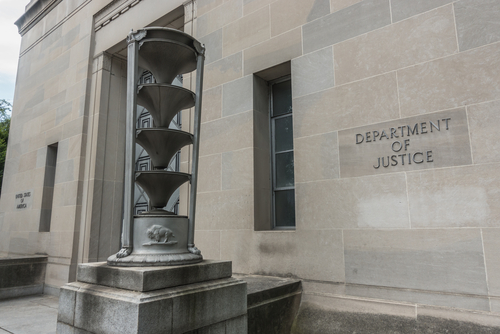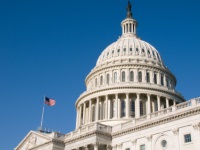The Department’s revised FCPA Corporate Enforcement Policy—which will be incorporated into the United States Attorneys’ Manual—builds on and makes permanent the Department’s 2016 FCPA Pilot Program. While much of the commentary on the revised policy has focused on the potential benefits of voluntary self-disclosure and cooperation after an issue arises, the policy also provides updated guidance to all companies on the hallmarks of an effective compliance and ethics program – an important and practical takeaway for compliance officers, in-house counsel, boards and executives.
DOJ’s Revised FCPA Corporate Enforcement Policy Formalizes the 2016 FCPA Pilot Program
The Pilot Program set out to evaluate if the Department could motivate companies to voluntarily self-disclose FCPA-related misconduct, fully cooperate with the Fraud Section, and, where appropriate, remediate flaws in controls and compliance programs. One of the key components of the Pilot Program was the potential for substantial mitigation—including declination of prosecution in certain cases and, where warranted, a credit of up to a 50 percent reduction below the low end of the applicable U.S. Sentencing Guidelines’ fine range for companies that voluntarily self-disclose misconduct and cooperate and remediate to the Department’s satisfaction. Deputy Attorney General Rod Rosenstein expressed his satisfaction with the program’s results, which he heralded as a step forward in fighting corporate crime. He also noted that during the pilot period, the DOJ saw 30 voluntary disclosures to the FCPA Unit—compared to 18 during the previous 18‑month period.
In announcing the new formalized Policy, Deputy Attorney General Rosenstein emphasized that the Department will continue to strongly encourage voluntary disclosures and set forth what he considers to be the revised Policy’s three key features: READ MORE










